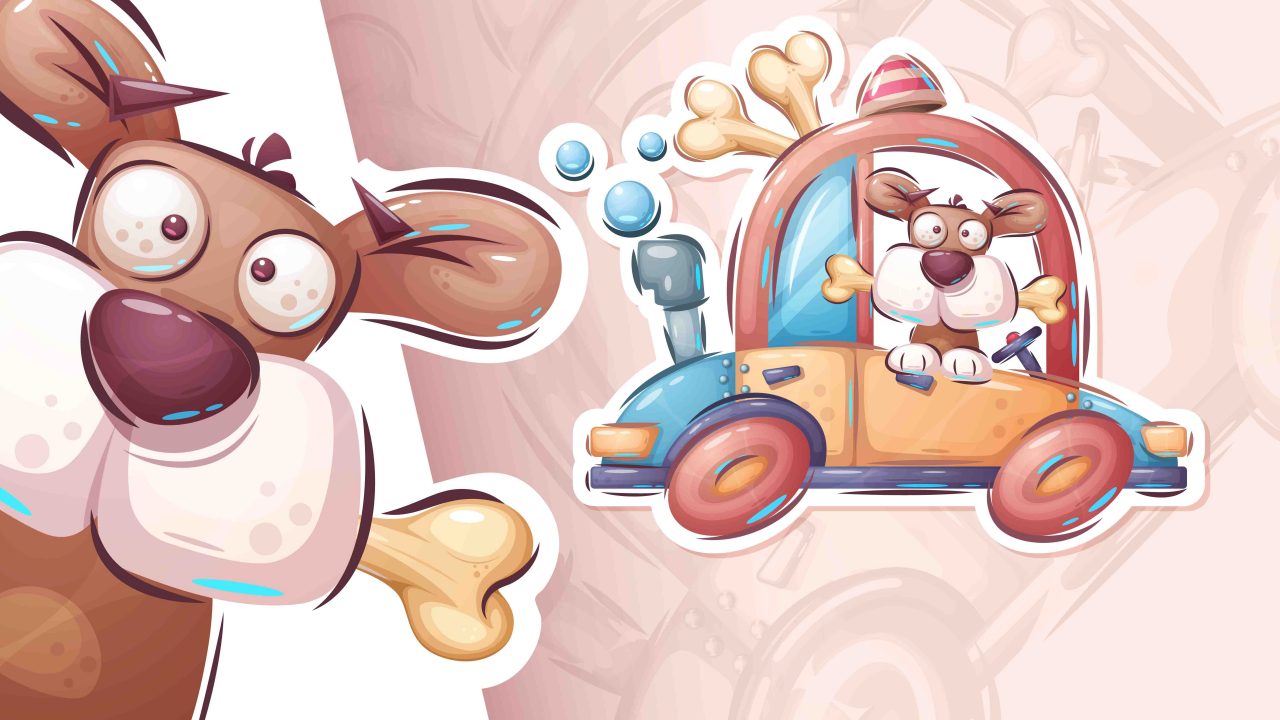Traveling by car is certainly the easiest because you just need to get in the vehicle and get going. To make the trip as comfortable as possible, given the weather conditions, take into account the part of the day that Paw spends in the vehicle.
A European passport for pets (if necessary, other documents) should be at hand all the way to the destination, as well as a confirmation of the reservation for the pet.
The paw is driven in the rear seat separated from the front of the vehicle by a grille, in a transporter or with the use of a dog belt. In any case, try to bring your Paw closer to you so that you can spot any problems such as dehydration, panic attacks or nausea in time.
A car is a much more comfortable choice for traveling because you can stop whenever you want, preferably every two to three hours. And you can take a walk when Paw has to do… In addition, traveling by car does not generate new costs.
You need to be extra prepared to travel by plane. Travel rules differ for different airlines. Pets must be registered at the time of booking and a certain fee is generally paid, which, ultimately, can significantly increase the overall cost. Some airlines do not allow animals in the cabin, while others transport animals of a certain weight in the trunk. Given these conditions, it is likely that you will not have your Paw “on the eye” during the trip, so you cannot consider the trip completely safe. During the flight, Paw should not eat anything.
Many airlines not only do not recommend but also prohibit the use of tranquilizers and tranquilizers when traveling by plane because the effects of the drugs are amplified in the air and the possible consequences are unpredictable. During the flight, Paw should not eat anything.
When planning a boat trip, it is important to know which carriers allow travel accompanied by pets. And in this case, in addition to buying a pet ticket, it is necessary to have veterinary travel permits with you. Shipping companies in most cases encourage Paw owners to stay with them on open decks, on a short leash and under constant control during the voyage. In case of bad weather conditions, pets should be out of contact with other passengers, isolated in special containers.
On ferries, on Jadrolinija’s lines in Croatia, Paws can be transported if they do not represent a danger or an obstacle for other passengers and the ship.
Apart from guide dogs for the blind, animals are not allowed to stay in enclosed passenger spaces. Dogs must be on a leash and have a muzzle, again with the exception of guide dogs for the blind. Cats must be in a box and birds in a cage. Also, dogs and cats must have proper vaccination documents.


